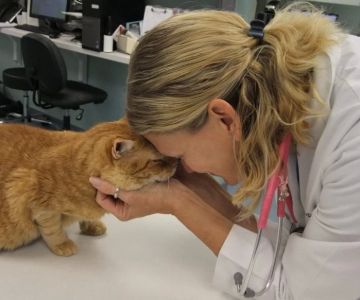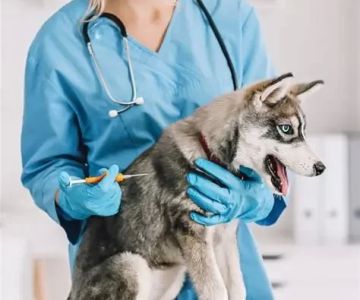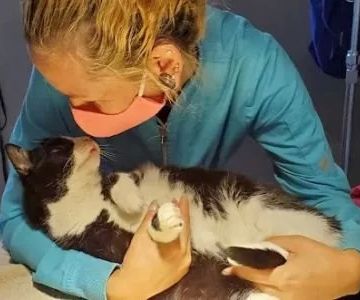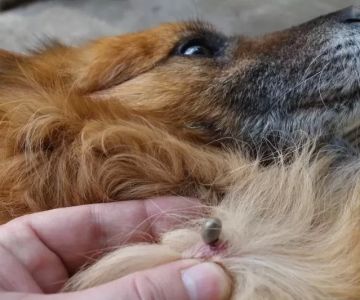1. What Is Feline Glandular Disease?
Feline glandular disease refers to a variety of conditions that affect a cat’s glands, including the thyroid, adrenal glands, and others. These diseases can cause a range of symptoms, from changes in behavior and appetite to more severe health complications if left untreated. Understanding this condition is crucial for pet owners who want to ensure the well-being of their cats.
2. Signs and Symptoms of Feline Glandular Disease
Recognizing feline glandular disease early on is key to ensuring prompt treatment and better health outcomes for your cat. Here are some common symptoms:
2.1 Changes in Behavior and Energy Levels
One of the most noticeable signs of feline glandular disease is a change in behavior. Cats may become lethargic or, on the flip side, overly restless. These shifts can often be attributed to problems with the thyroid or adrenal glands, which control energy levels and metabolism.
2.2 Changes in Appetite and Weight
Another key indicator of glandular disease is a sudden shift in appetite. Some cats with thyroid issues may experience increased hunger, while others may lose their appetite completely. Unexplained weight gain or loss is also common, making it important to monitor your cat’s eating habits closely.
2.3 Skin and Coat Changes
Feline glandular disease can lead to noticeable changes in the appearance of your cat’s coat and skin. A dull or thinning coat, as well as excessive shedding or skin infections, can be signs of an underlying glandular issue, particularly with the thyroid or adrenal glands.
2.4 Increased Thirst and Urination
If your cat is drinking excessively and urinating more than usual, this may be linked to issues with the adrenal glands. Conditions such as hyperadrenocorticism (Cushing’s disease) often lead to increased thirst and urination, along with other symptoms like weight gain and thinning skin.
3. Diagnosing Feline Glandular Disease
If you notice any of the symptoms mentioned above, it’s important to take your cat to a veterinarian for a proper diagnosis. The vet will conduct a thorough physical exam and may recommend blood tests, imaging, and other diagnostic tools to determine the specific nature of the glandular disease.
3.1 Blood Tests and Hormonal Assessments
Blood tests are commonly used to measure the levels of thyroid hormones, cortisol, and other important markers. These tests can help pinpoint the exact issue, whether it’s an overactive thyroid (hyperthyroidism) or adrenal gland problems.
3.2 Imaging and Ultrasound
In some cases, an ultrasound or X-rays may be required to get a better look at the size and condition of your cat’s glands. This can help the vet determine if there are any tumors, cysts, or other abnormalities affecting the glands.
4. Treatment Options for Feline Glandular Disease
The treatment for feline glandular disease varies depending on the type and severity of the condition. Below are the most common treatment options available:
4.1 Medications
For many forms of glandular disease, especially hyperthyroidism, medications are often the first line of treatment. Medications can help manage symptoms and regulate hormone levels. Methimazole, for example, is commonly prescribed to treat hyperthyroidism in cats.
4.2 Radioactive Iodine Therapy
Radioactive iodine therapy is considered the most effective long-term treatment for hyperthyroidism in cats. This procedure involves administering radioactive iodine to target and destroy the abnormal thyroid tissue, restoring the cat’s hormone levels to normal.
4.3 Surgery
In some cases, surgery may be required to remove abnormal or enlarged glands. This is often recommended for thyroid problems, particularly when medications or radioactive iodine therapy are not suitable.
4.4 Diet and Lifestyle Adjustments
While medications and surgery are common treatments, diet and lifestyle adjustments are important as well. Your vet may suggest a special diet to help manage the symptoms, and maintaining a low-stress environment can also improve your cat’s quality of life.
5. Preventing Feline Glandular Disease
While not all cases of glandular disease can be prevented, there are several steps you can take to reduce the risk:
5.1 Regular Vet Check-Ups
Routine check-ups with your vet are essential for monitoring your cat’s overall health. Regular blood tests and physical exams can help detect glandular problems early, allowing for quicker intervention and better outcomes.
5.2 Healthy Diet and Weight Management
A balanced, nutritious diet is crucial for maintaining healthy glands. Overweight cats are at higher risk for developing glandular issues, so keeping your cat at a healthy weight through proper nutrition and exercise can help reduce the risk.
6. Conclusion
Feline glandular disease can be a challenging condition for both cats and their owners. However, with early recognition, proper diagnosis, and effective treatment, many cats can lead healthy and happy lives. If you notice any signs of glandular disease in your cat, don’t hesitate to consult with a veterinarian. They will be able to guide you through the best treatment options for your pet’s specific needs.
For more information on cat health and treatment options, visit Hidden Brook Veterinary for expert advice and care. We offer a variety of resources to help you keep your cat healthy and happy.












